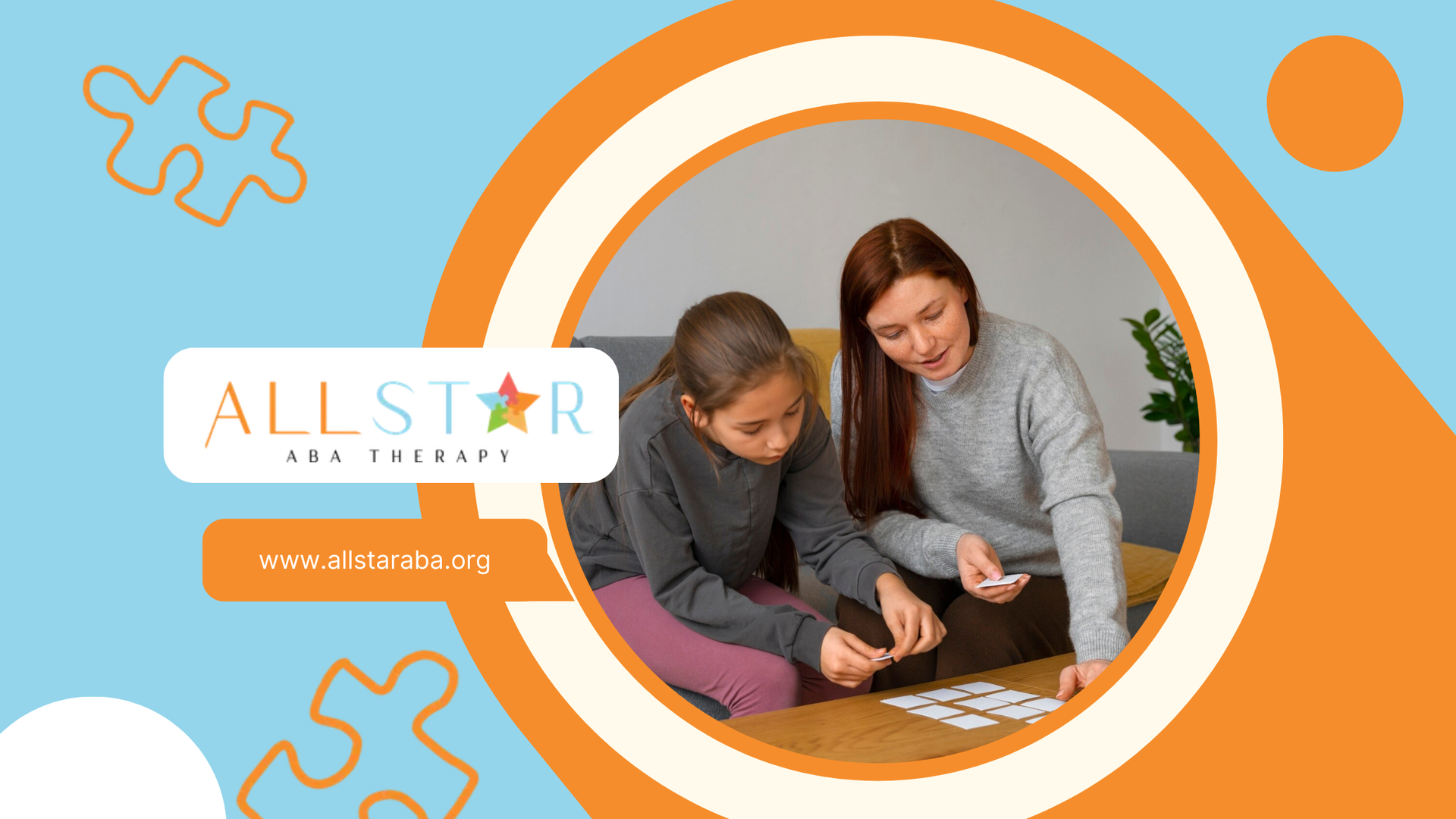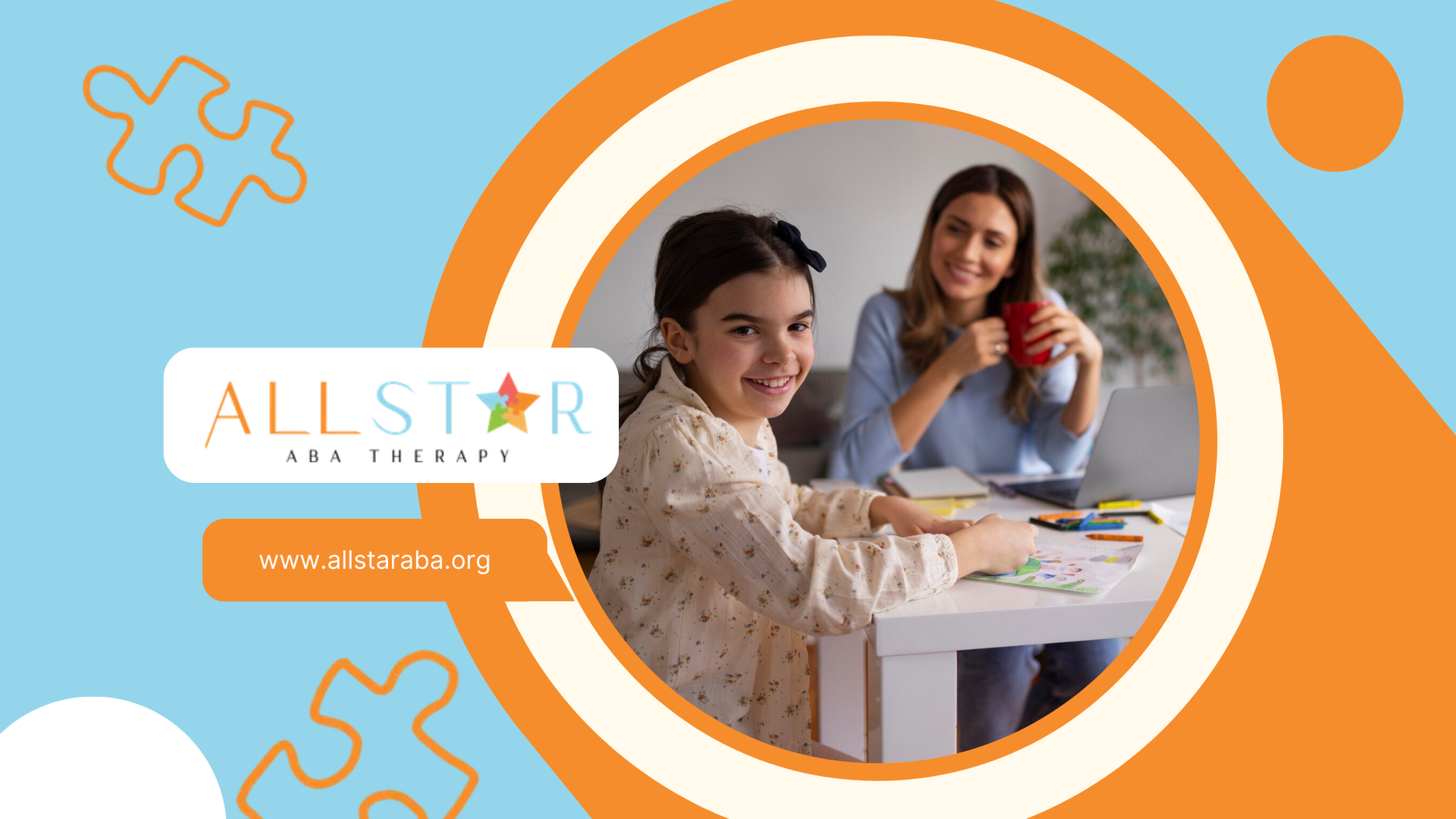New Paragraph
Grasping the Vital Understanding of Rigid ABA Approach
Understanding Rigid ABA Approaches
An understanding of rigid Applied Behavior Analysis (ABA) approaches is essential for parents, family members, and professionals working with individuals with autism. Rigid ABA is characterized by strict and inflexible methodologies that can limit the potential benefits of therapy.
Basics of ABA Therapy
ABA therapy involves breaking down skills into small, manageable steps. It emphasizes reinforcing correct responses while gradually reducing prompts to facilitate learning. The overarching goal is to increase positive behaviors and essential skills, while simultaneously reducing problematic behaviors in individuals with autism. Individualized treatment plans can be developed to cater to specific needs.
A conventional ABA approach often employs structured methodologies and discrete trial training (DTT) techniques. DTT is typically one-on-one and targets specific skill deficits, such as communication, social interaction, and self-help skills. In this context, progress is frequently measured through the use of tangible rewards or tokens for positive reinforcement.
| Aspect | Description |
|---|---|
| Skill Breakdown | Skills are divided into smaller steps for easier learning. |
| Reinforcement | Positive behaviors are reinforced using rewards. |
| Individualization | Tailored treatment plans cater to the unique needs of each individual. |
Principles of Learning Theory
Rigid ABA is deeply rooted in the principles of learning theory, which explore how behavior can be influenced and modified by environmental factors. This framework is integral to ABA therapy, guiding how interventions are structured and executed. ABA has received endorsement from prominent organizations, including Autism Speaks and the United States Surgeon General.
Understanding the underlying principles of learning theory provides important context regarding rigid ABA strategies. A focus on discrete trial training and structure may overlook the dynamic nature of learning, as well as the individual differences among children. In response, naturalistic teaching methods are emerging within the ABA space. These approaches complement traditional methods by embedding ABA principles into everyday activities, promoting social interaction and allowing for spontaneous teaching moments.
Rigid ABA strategies can create barriers to a child's progress if they do not accommodate the inherent variability in learning styles and preferences. To learn more about these specific interventions, refer to additional resources on rigid ABA interventions or explore various rigid ABA therapy techniques.
Criticisms of Rigid ABA
The rigid approach to ABA (Applied Behavior Analysis) therapy has drawn considerable scrutiny. Critics highlight several concerns, particularly regarding compliance training and the autonomy of children with autism.
Concerns on Compliance Training
One primary criticism of rigid ABA is its focus on compliance training. This method emphasizes obedience and following directives, which can undermine the development of autonomy and self-determination in children with autism. Critics argue that such practices encourage a reliance on external cues rather than promoting independent decision-making. Rigid ABA practices often consist of structured drills and routines, which can stifle critical thinking and personal growth.
Certain rigid ABA strategies may lead to a perceived expectation that children must always conform to specific behaviors, thereby creating an environment that discourages questioning or exploration. This dynamic raises concerns about fostering engagement and motivation in therapy. Children may feel they are pawns in a process rather than active participants in their own learning.
| Issue | Impact |
|---|---|
| Compliance Training | Reduces autonomy |
| Rigid Drills | Hinders critical thinking |
| Pressure to Conform | Decreases engagement |
Lack of Autonomy in Children with Autism
The lack of autonomy is another significant concern associated with rigid ABA methodologies. When therapy lacks flexibility, the focus often shifts from nurturing skills and emotional well-being to merely eliciting desired behaviors through reinforcement. Lack of autonomy can instill a sense of learned helplessness in children, leading them to feel their opinions are undervalued and disregarded, which can negatively influence their motivation and participation.
Children subjected to overly structured and inflexible interventions may struggle with anxiety and reluctance to explore new skills or environments. This emotional burden can further impede their progress and development. The rigid nature of these strategies can also create unnecessary stress, as they do not account for individual differences and the fluidity inherent in learning.
Rigid ABA practices can unintentionally foster feelings of disenfranchisement among children, where they perceive that their emotional responses are not only unrecognized but unwelcome. Hence, it becomes crucial to recognize the importance of promoting a balance between desired behaviors and cultivating a supportive environment that values autonomy. Families and professionals must advocate for approaches that prioritize the unique needs of each child to enhance their overall therapy experience while considering alternatives like rigid ABA interventions that accommodate individual differences.
Ethical Considerations
In the context of understanding rigid ABA approaches, ethical considerations play a crucial role in evaluating the efficacy and humanity of these methods. The intensity of ABA therapy and the holistic well-being of individuals with autism are two primary areas of concern.
Intensity of ABA Therapy
ABA therapy is often characterized by high-frequency and long-duration sessions. Ethical concerns arise regarding the intense demands these sessions may place on individuals with autism. Parents and therapists worry that this intensity can lead to stress and burnout, which may not adequately address the underlying needs of the child.
| Intensity Factor | Description |
|---|---|
| Frequency of Sessions | High frequency, often several times a week |
| Duration | Long sessions, typically lasting 20-40 hours per week |
| Potential Risks | Stress, burnout, learned helplessness |
When therapy lacks flexibility and becomes too rigid, it can shift the focus from fostering valuable skills to merely eliciting desired behaviors. This may inadvertently increase anxiety and result in feelings of helplessness among children, diminishing their motivation to engage in therapy or explore new skills.
Holistic Well-being of Individuals with Autism
The holistic well-being of individuals with autism must also be considered when implementing ABA. Rigid ABA practices can disregard the individual’s preferences and emotional experiences. This can lead to learned helplessness, where children feel their feelings are dismissed, hindering their motivation to participate in therapy.
Individuals with autism often display rigidity as a symptom, leading to preferences for sameness and predictability. This necessitates an approach that not only acknowledges these preferences but also encourages adaptability and flexibility.
| Holistic Well-being Factors | Importance |
|---|---|
| Individual Preferences | Respecting opinions and choices enhances engagement |
| Emotional Needs | Addressing feelings reduces anxiety and builds trust |
| Social Skills Development | Encouraging exploration of new experiences and situations |
Therapy methods that prioritize a balance of structure and flexibility foster overall growth and well-being, ensuring that the approach remains ethical while effectively serving the needs of individuals on the autism spectrum. For more insights into the pros and cons of rigid approaches, review our information on rigid ABA therapy benefits.
Effectiveness of ABA Therapy
ABA therapy has garnered attention for its long-standing track record in addressing the needs of individuals diagnosed with autism spectrum disorder (ASD). Understanding its effectiveness involves examining empirical research evidence and the principles of positive behavior reinforcement.
Empirical Research Evidence
The effectiveness of ABA therapy is well-documented. Research spanning over 50 years indicates that ABA-based interventions are among the most established therapies for individuals with ASD. Studies have shown that these interventions can significantly enhance positive behaviors and skills while minimizing problematic behaviors.
Highlights from empirical studies include:
| Type of Intervention | Effectiveness |
|---|---|
| Discrete Trial Teaching | High |
| Pivotal Response Training | High |
| Naturalistic Developmental Behavioral Interventions | Moderate |
| Group Instruction | Moderate |
A substantial body of literature confirms that various techniques within the ABA framework, including shaping and group instruction, are effective for improving communication, social, and daily living skills in individuals with ASD. Organizations such as Autism Speaks and The Association for Behavior Analysis International have recognized these interventions as the most effective for managing ASD.
Positive Behavior Reinforcement
Positive behavior reinforcement serves as a core principle of ABA therapy. This approach focuses on encouraging desired behaviors through rewards or incentives, thereby increasing the likelihood of these behaviors being repeated in the future. The structured reinforcement system can lead to significant improvements in a child's behavior, social skills, and overall quality of life.
Benefits of positive reinforcement in ABA therapy include:
- Increased Engagement: Children respond better when they are rewarded for participation.
- Skill Acquisition: Reinforcement helps solidify new skills and behaviors as part of a child's routine.
- Reduction of Problematic Behaviors: Shifting attention to positive behaviors can diminish negative behaviors over time.
By emphasizing rewards and positive outcomes, ABA therapy promotes constructive behavior changes that empower individuals with ASD while fostering a supportive learning environment.
For more information about various interventions within ABA, consider exploring our resources on rigid ABA interventions and the associated rigid ABA therapy techniques that can further help in understanding and applying these methods effectively.
Impact of Rigid ABA Strategies
Definition and Characteristics
Rigid ABA strategies refer to overly structured and inflexible approaches to therapy that can hinder a child's progress and create unnecessary stress. These strategies are applied without considering individual differences and the dynamic nature of learning.
The characteristics of rigid ABA can include:
- Overly Structured Environments: Programs often prioritize strict routines and methods, which may not align well with a child's unique learning style.
- Rote Learning: Emphasis on memorization rather than understanding or practical application of skills.
- Limited Flexibility: Strategies that do not adapt to the child's mood, interests, or progress can undermine engagement.
- Focus on Compliance: Often prioritizing obedience over the child’s autonomy, leading to a lack of genuine motivation to participate.
Hindrances to Child's Progress
Rigid ABA practices can lead to several hindrances in a child's development, affecting both their emotional well-being and skill acquisition.
| Hindrance | Description |
|---|---|
| Learned Helplessness | Autistic children may feel that their opinions and feelings are disregarded, which can reduce their motivation to engage in therapy and explore new skills. |
| Limited Real-Life Application | A strong focus on rote repetition can restrict the child's ability to transfer learned skills to real-life situations. |
| Increased Anxiety | The pressure of meeting strict expectations can elevate stress levels, further discouraging engagement in therapy. |
| Lack of Emotional Regulation | Rigid approaches often overlook the emotional and sensory needs of individuals, which are critical for effective learning and adaptation. |
When ABA therapies lack flexibility, the focus can shift from fostering skills and promoting overall well-being to merely eliciting desired behaviors through reinforcement. Addressing these issues is essential for creating a more holistic and supportive learning environment for children with autism. Exploring alternative approaches, such as Cognitive Behavioral Therapy (CBT), has shown promise in promoting flexible thinking and adaptive coping strategies.
Transition to Flexible ABA
Transitioning from rigid ABA practices to a more flexible approach is essential for nurturing the development and well-being of children with autism. This shift emphasizes adaptability, collaboration, and the recognition of individual needs and strengths.
Mindset Shift and Adaptation
Adaptation to a flexible ABA model necessitates a significant mindset change among therapists, educators, and family members. This change involves recognizing the unique strengths, challenges, and preferences of each child. Viewing therapy as a cooperative process rather than a one-size-fits-all method allows for more inclusive support.
Rigid ABA practices often lead to feelings of learned helplessness in autistic children, where they feel their thoughts and feelings are unacknowledged. This can decrease motivation, reduce engagement in therapy, and hinder their willingness to explore new skills or situations. A flexible approach facilitates the integration of children’s inputs, making them active participants in their learning journeys.
To aid in this transition, professionals should commit to ongoing assessment and modification of their strategies based on the child’s responses and progress. Flexibility in approaches can enhance motivation, reduce anxiety, and create a more supportive learning environment.
Tailoring Interventions for Individual Needs
Effective ABA therapy recognizes that no two children are alike. Interventions should be customized to meet the specific needs and aspirations of each child. This involves evaluating their preferences, sensory experiences, and social interactions.
| Key Aspects | Flexible ABA Approach |
|---|---|
| Individual Strengths | Recognizes and builds on each child's unique capabilities |
| Response to Difficulties | Adjusts strategies based on real-time feedback from the child |
| Engagement | Fosters a collaborative, child-centered environment |
| Learning Styles | Incorporates varied teaching methods to cater to different ways of learning |
Rigid ABA approaches often impose strict protocols that may not serve the child’s best interests. This can cause unnecessary stress and inhibit progress. By tailoring interventions, therapists can align their methods with the dynamic nature of learning and promote skill acquisition in a way that resonates with the child.
In conclusion, a transition to flexible ABA is crucial for addressing the developmental needs of children with autism. Such an approach emphasizes a child-centric perspective, allowing for personalized and effective interventions that recognize the importance of individual differences. For more information about rigid ABA interventions and their impact, visit our relevant articles on
rigid ABA strategies.
Need Support?
We're Here to Help!
Our experienced team is ready to assist you. Reach out today to discuss how we can support your child's development and well-being.
Get started with expert ABA therapy today.
Related posts

All Star ABA delivers the gold standard of care, Applied Behavioral Analysis (ABA) therapy, for individuals diagnosed with ASD, from infancy to age 21.
Quick Links
All Rights Reserved | All Star ABA







